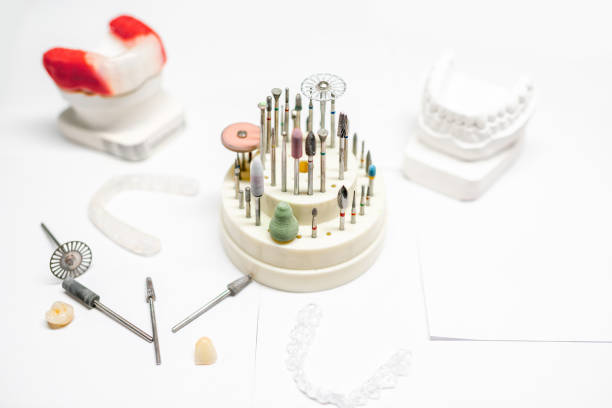Abrasive tools are essential for dental professionals, jewelers, and other professionals who need to work with hard materials. However, with so many types of abrasive tools available, it can be challenging to know which one is right for your specific needs. In this blog post, we'll discuss how to choose the right abrasive tool for your specific needs.

1. Consider the Material You'll Be Working With
The first step in choosing the right abrasive tool is to consider the material you'll be working with. Different materials require different abrasive tools, as some are harder or softer than others. For example, diamond burs are ideal for working with hard materials like enamel and ceramics, while carbide burs are better suited for softer materials like acrylics and composites.
2. Determine the Task You Need to Perform
The next step is to determine the specific task you need to perform. Different abrasive tools are designed for different tasks, such as cutting, shaping, or polishing. For example, if you need to remove decayed tooth material, a carbide bur with a coarse grit may be the best choice. If you need to polish a restoration, a polishing brush with a fine grit may be ideal.

3. Choose the Right Grit
The grit of an abrasive tool refers to the size of the abrasive particles on the tool. Different grits are suited for different tasks and materials. For example, a coarse grit is ideal for removing material quickly, while a fine grit is better for achieving a smooth, polished finish. The grit you choose will depend on the task you need to perform and the material you're working with.
4. Consider the Shape and Size of the Tool
Finally, consider the shape and size of the abrasive tool you need. Different shapes and sizes are designed for different tasks and areas of the mouth. For example, a flame-shaped diamond bur may be ideal for shaping a restoration, while a round diamond bur may be better suited for preparing a tooth for a crown.
In conclusion, choosing the right abrasive tool for your specific needs requires careful consideration of the material you'll be working with, the task you need to perform, the grit of the tool, and the shape and size of the tool. By taking these factors into account, you can select the right abrasive tool for your specific needs and achieve the best possible results. If you have any questions or need assistance in choosing the right abrasive tool, don't hesitate to contact B&D Technologies for guidance and support.



